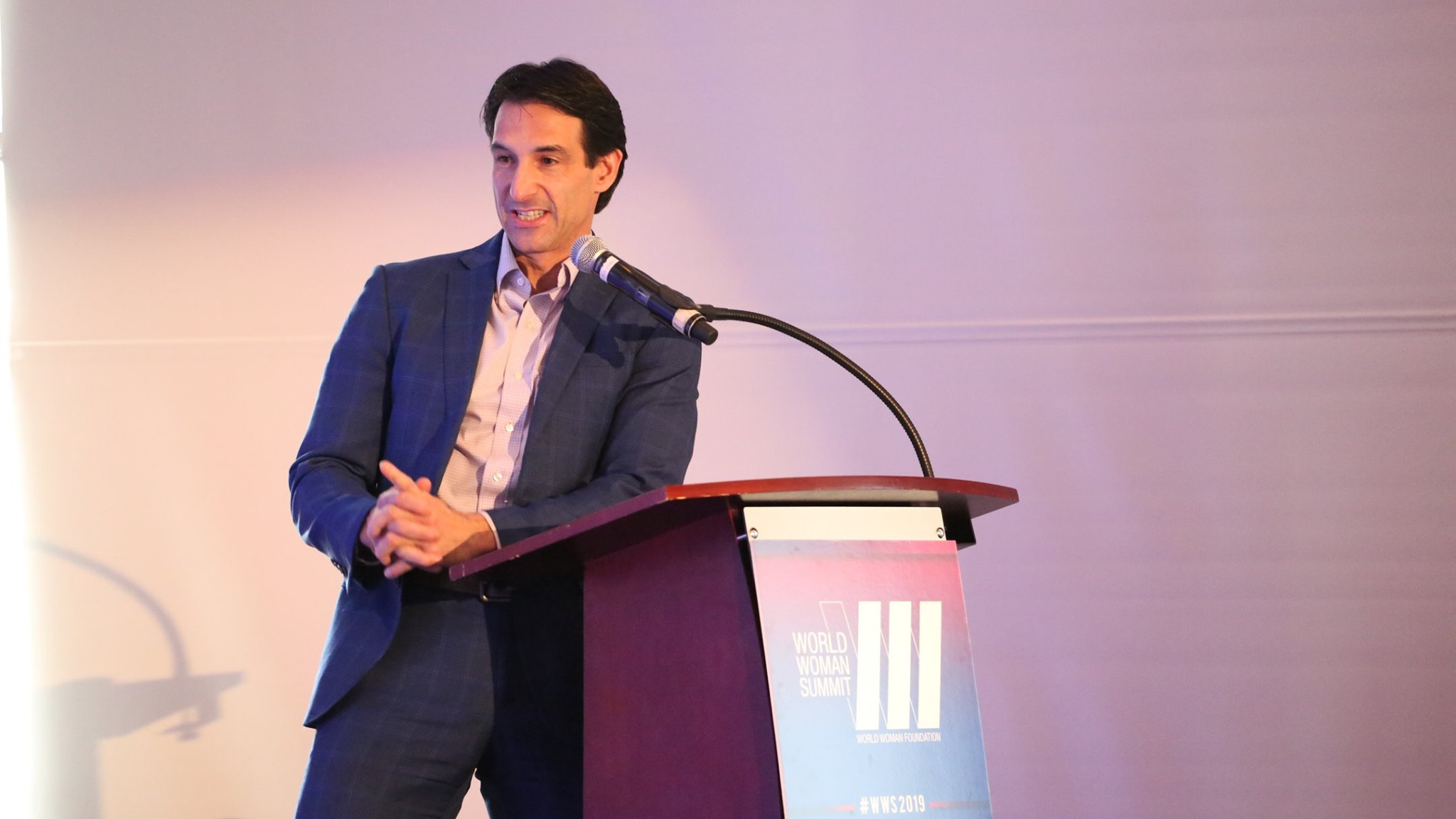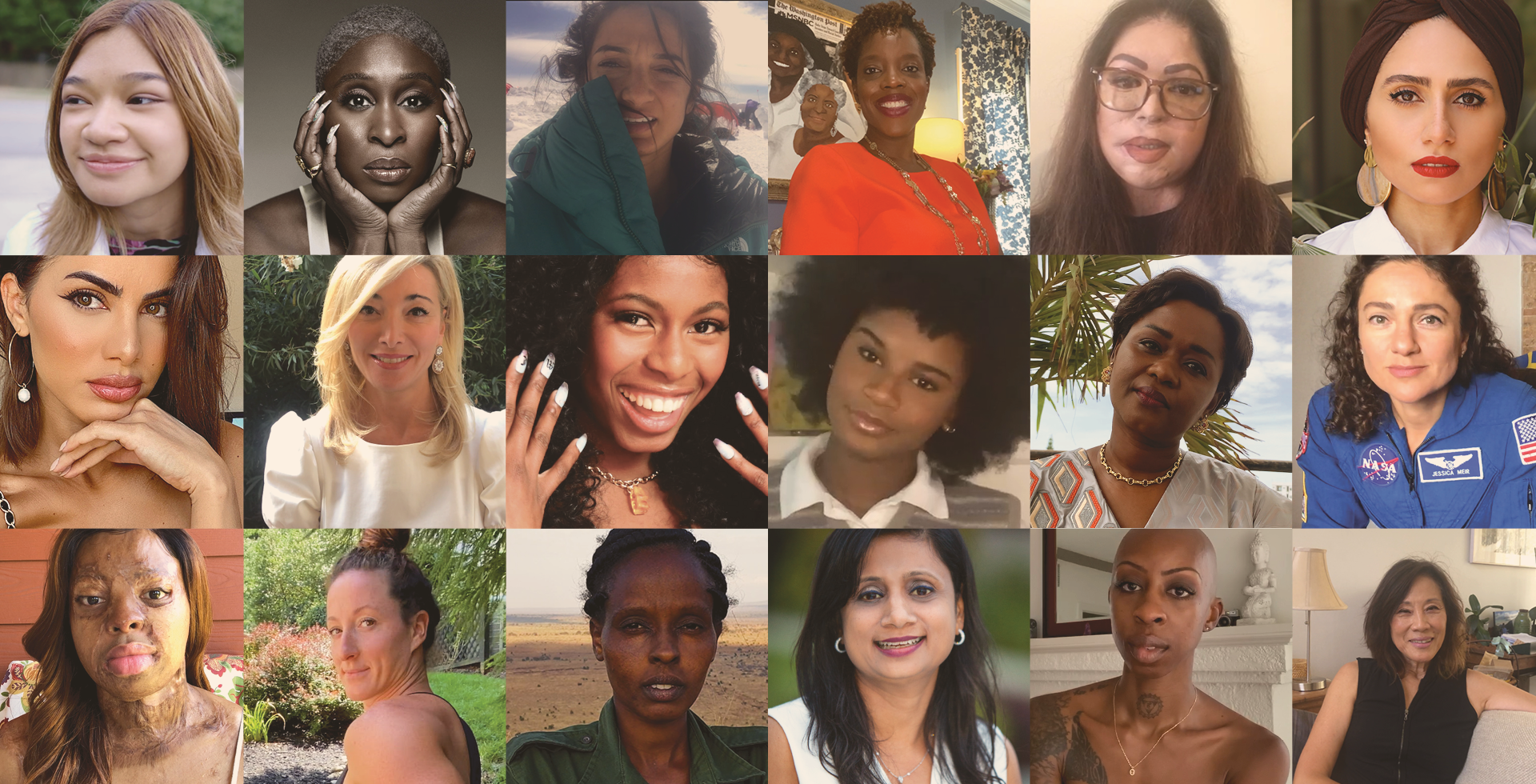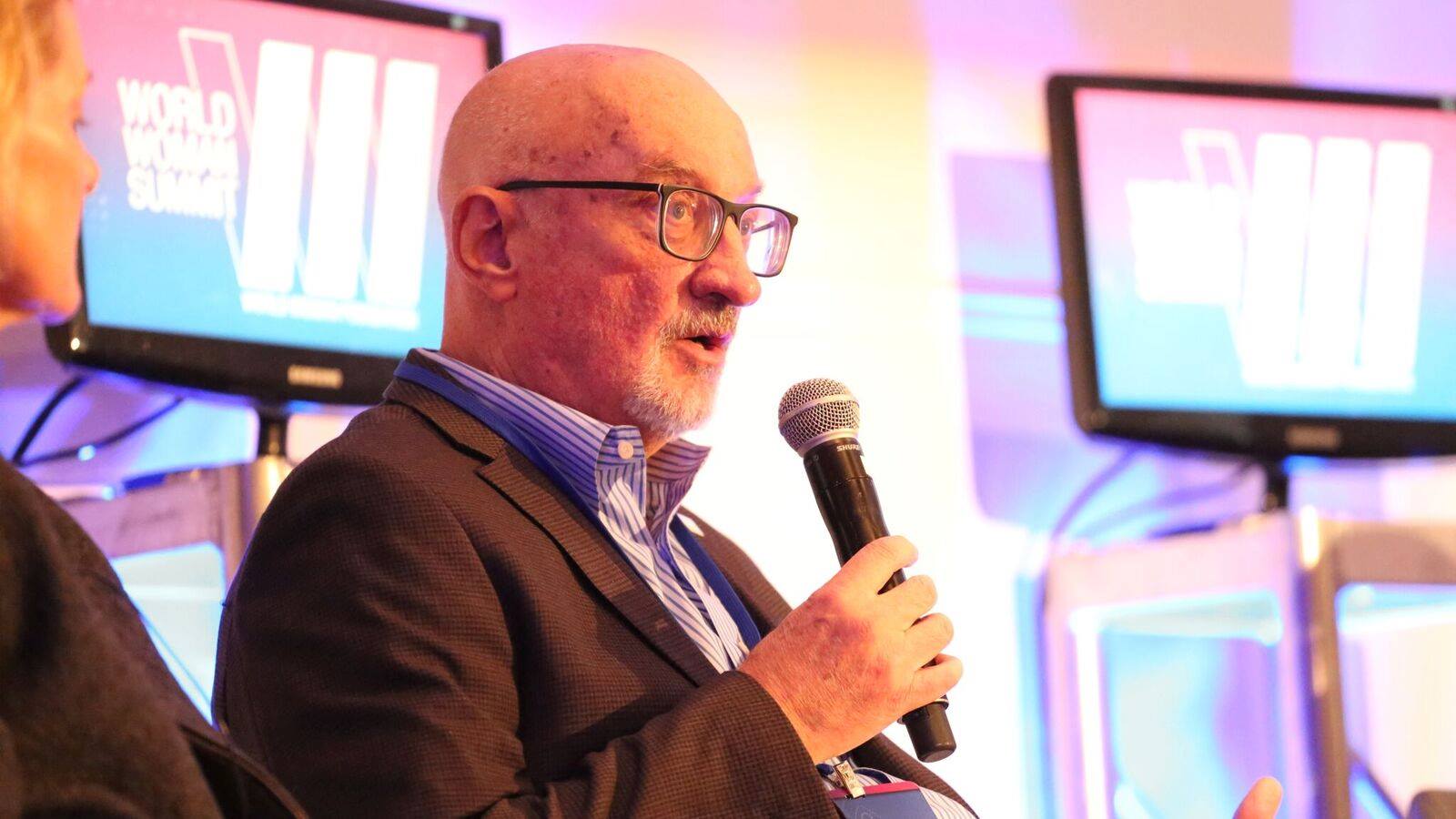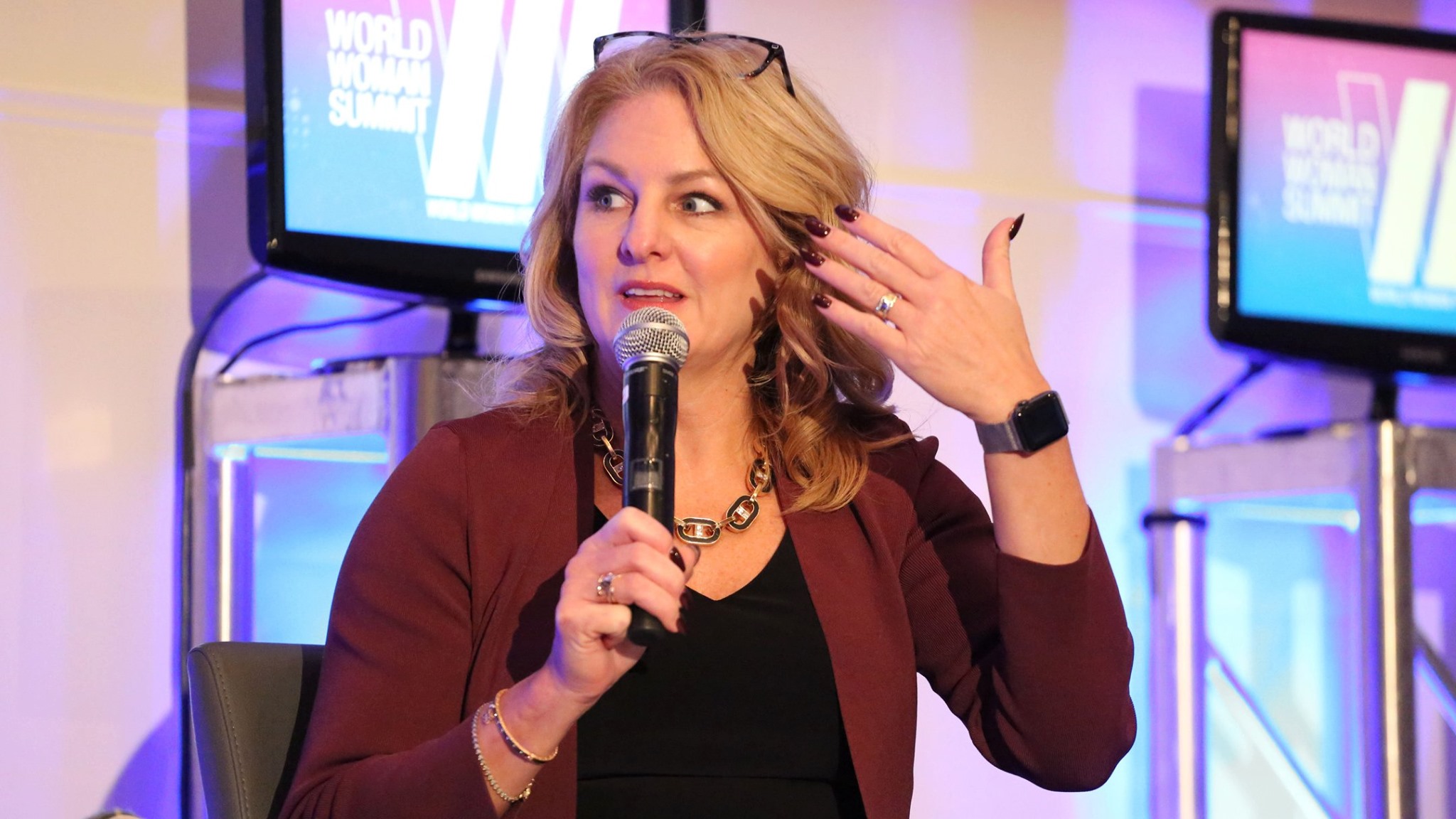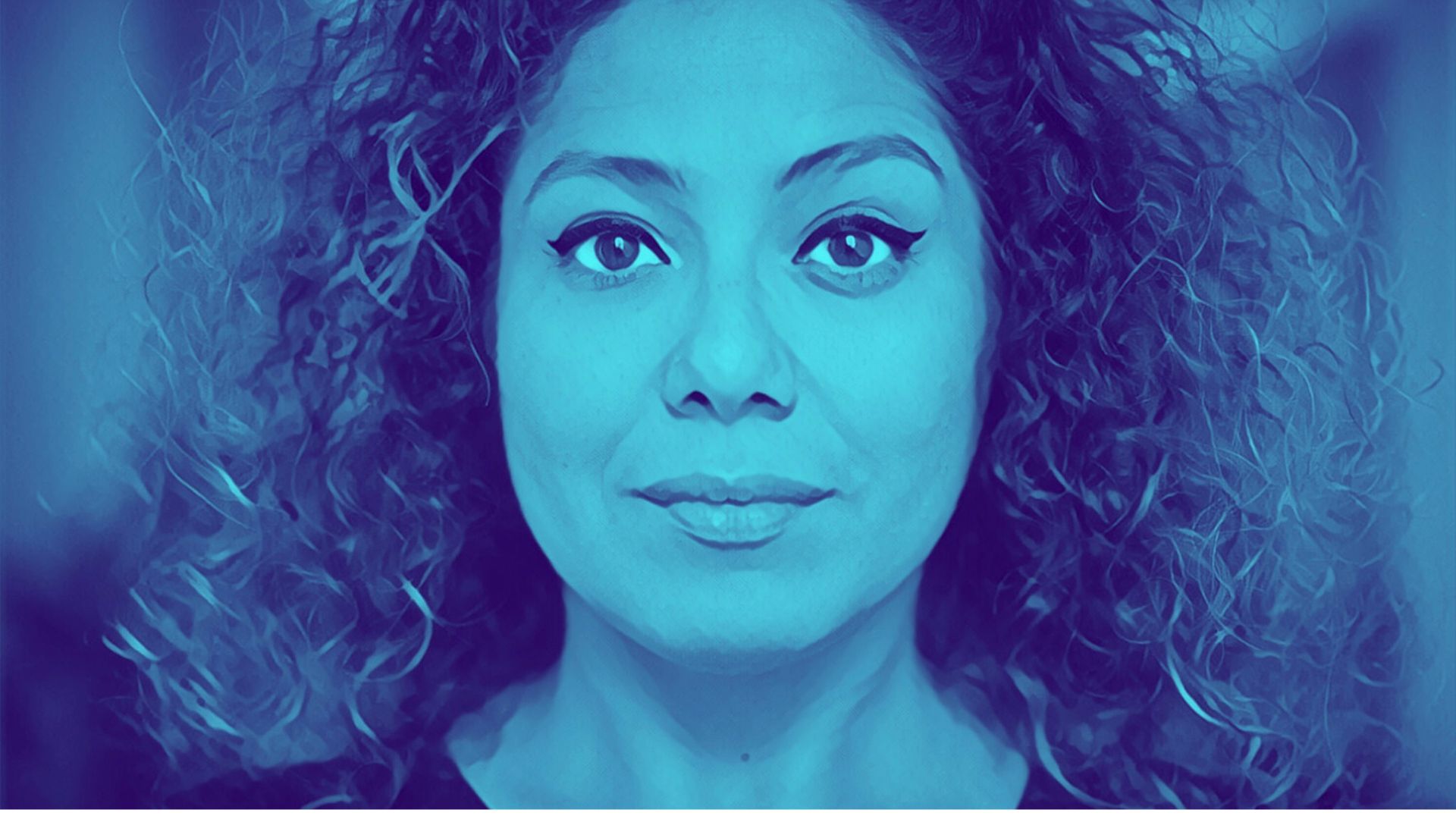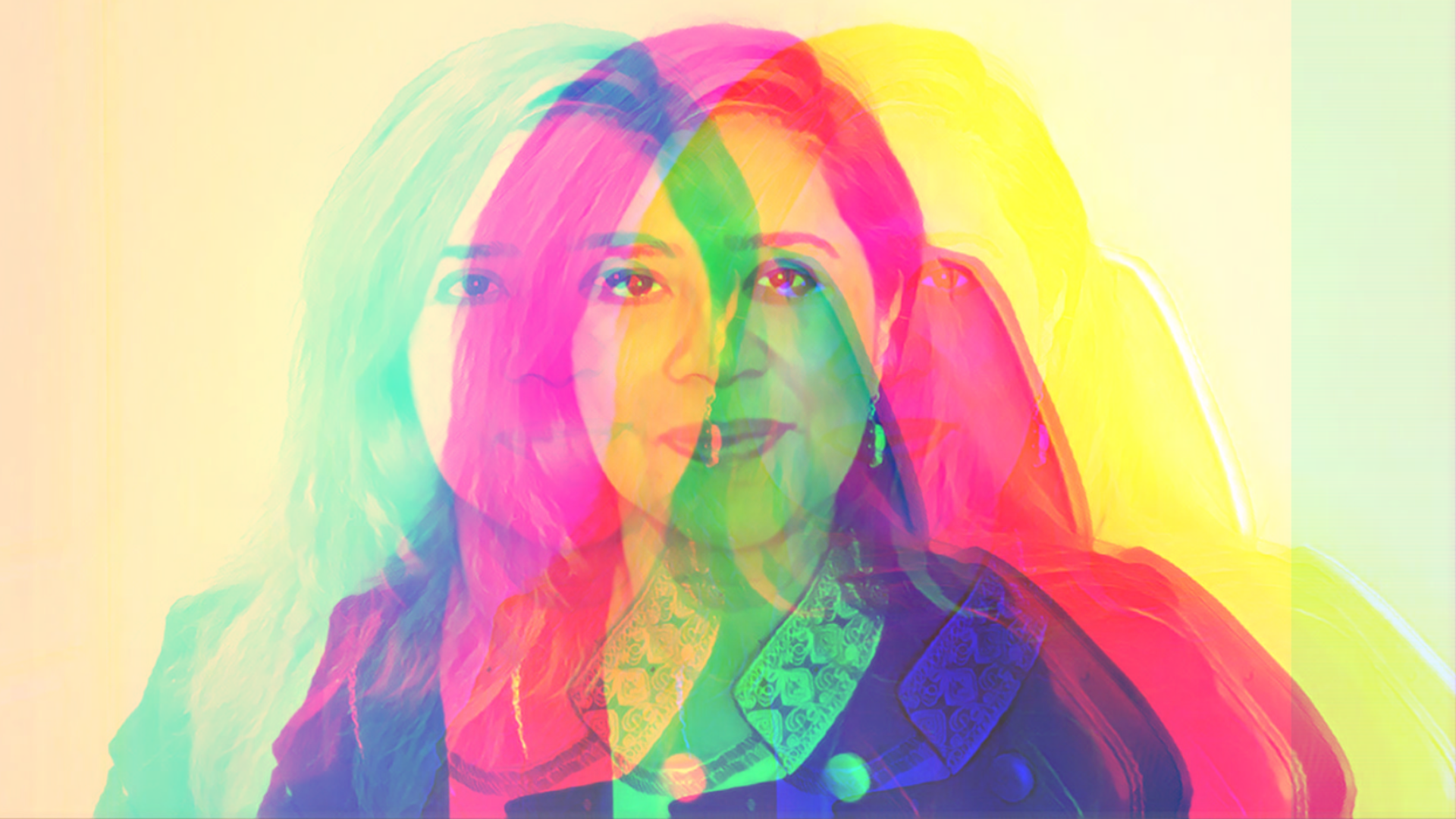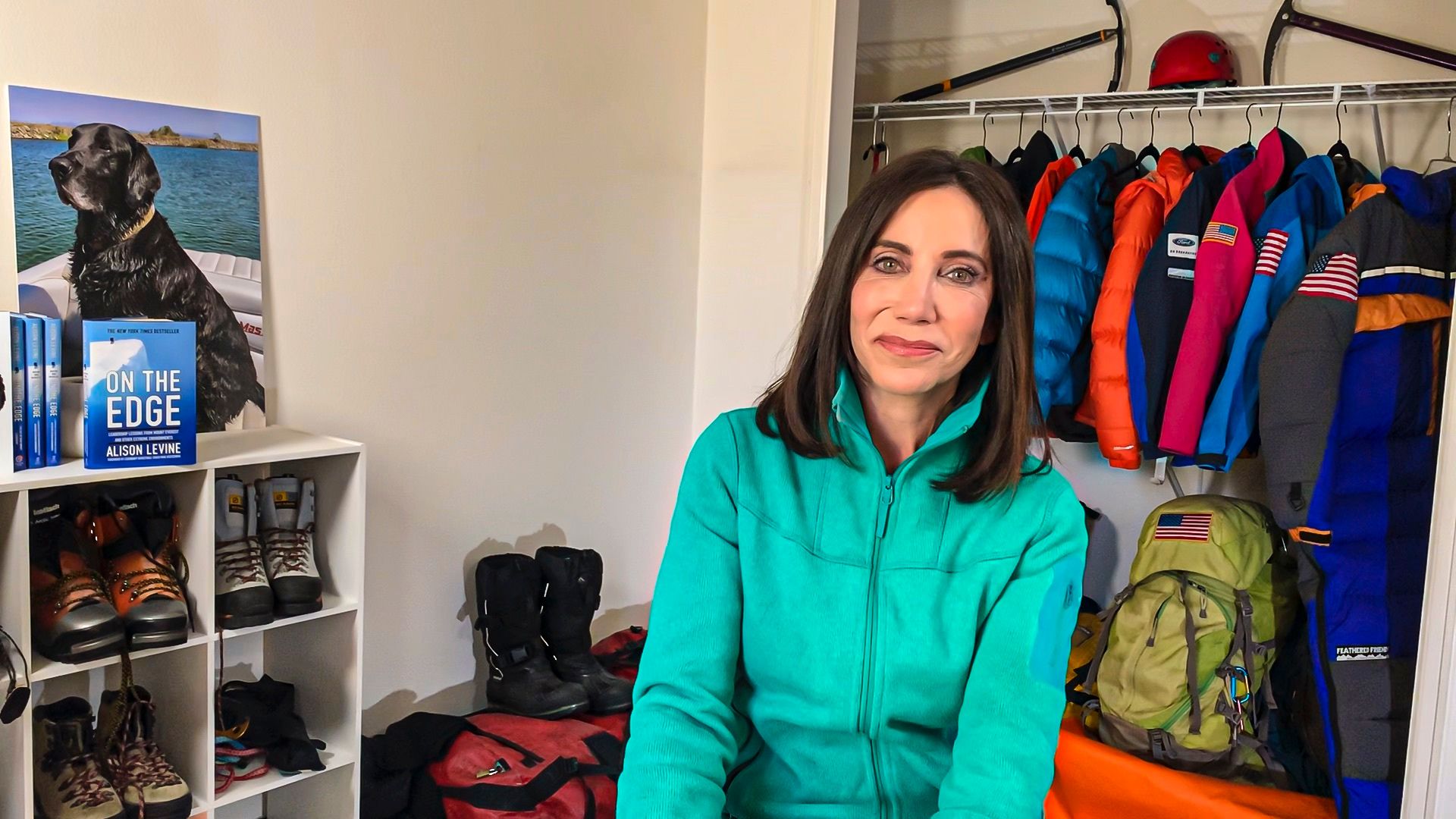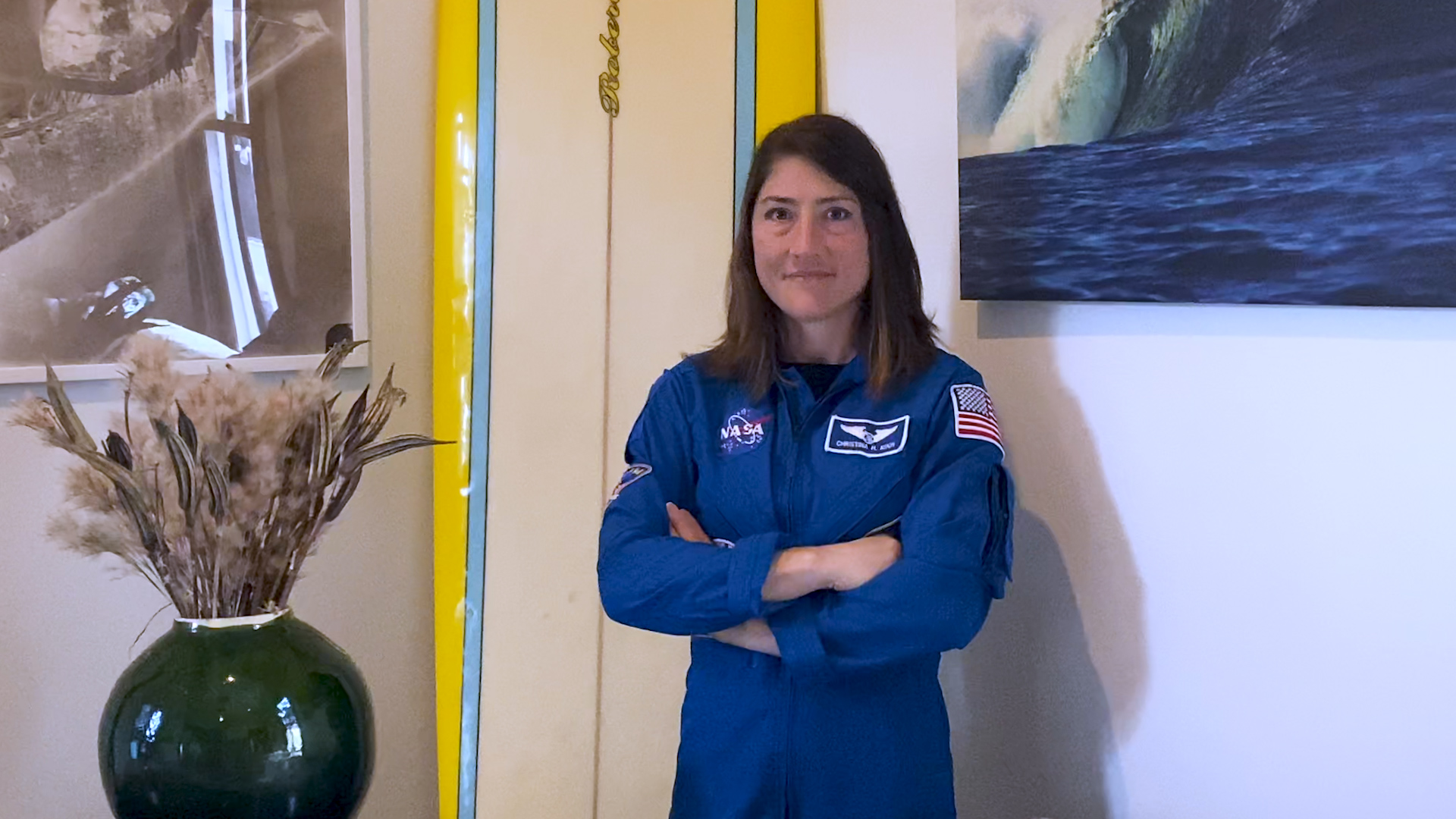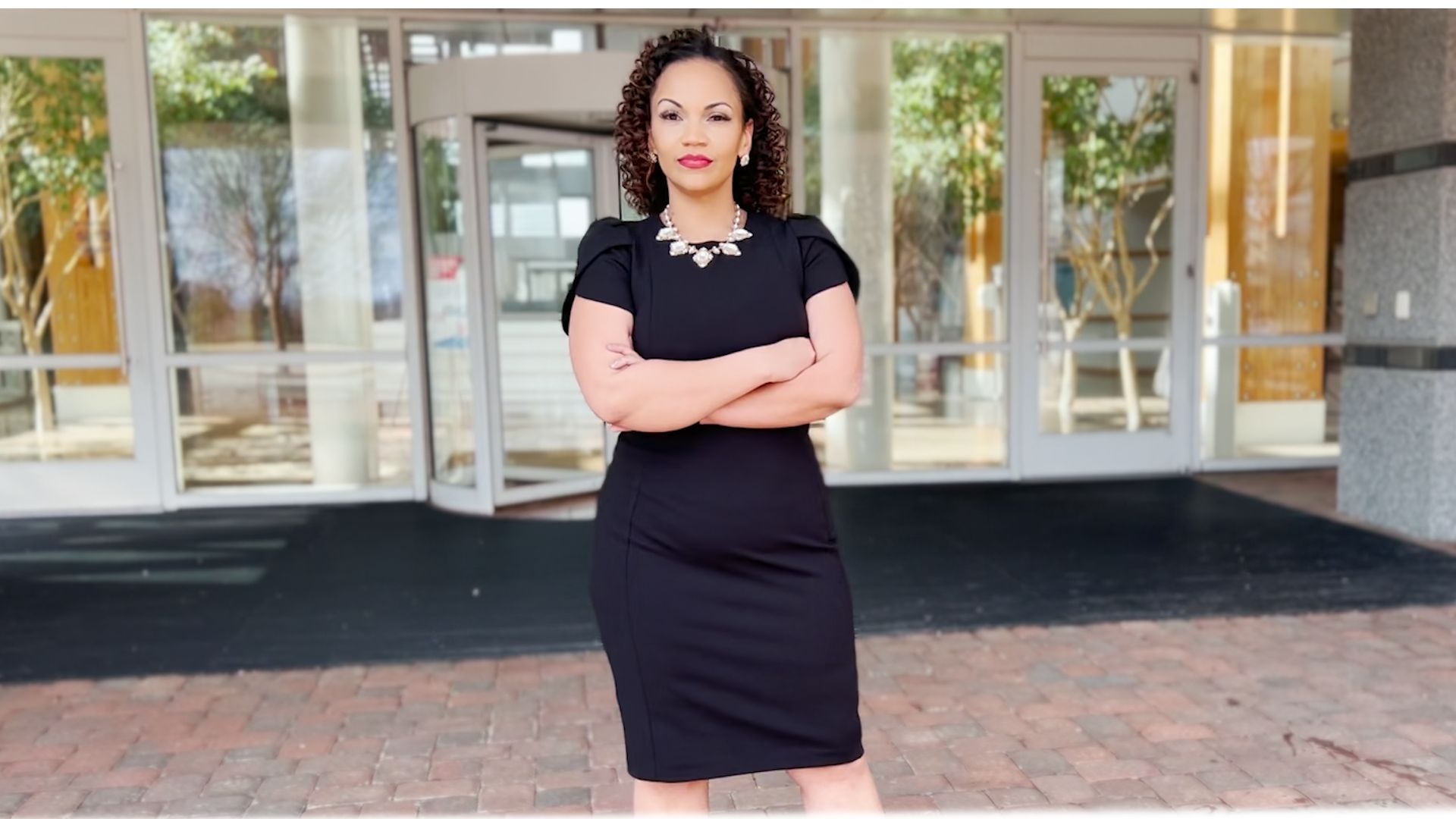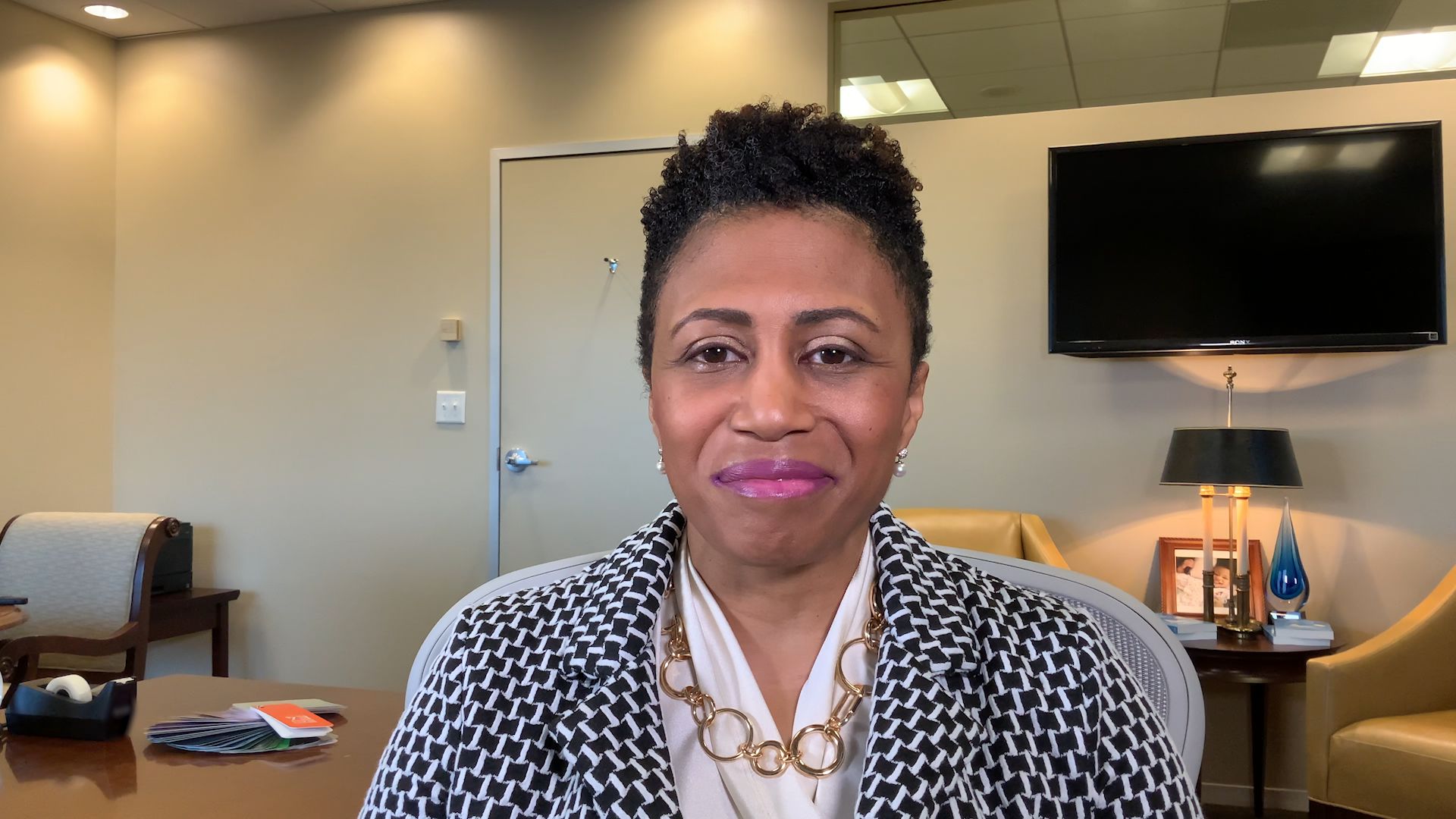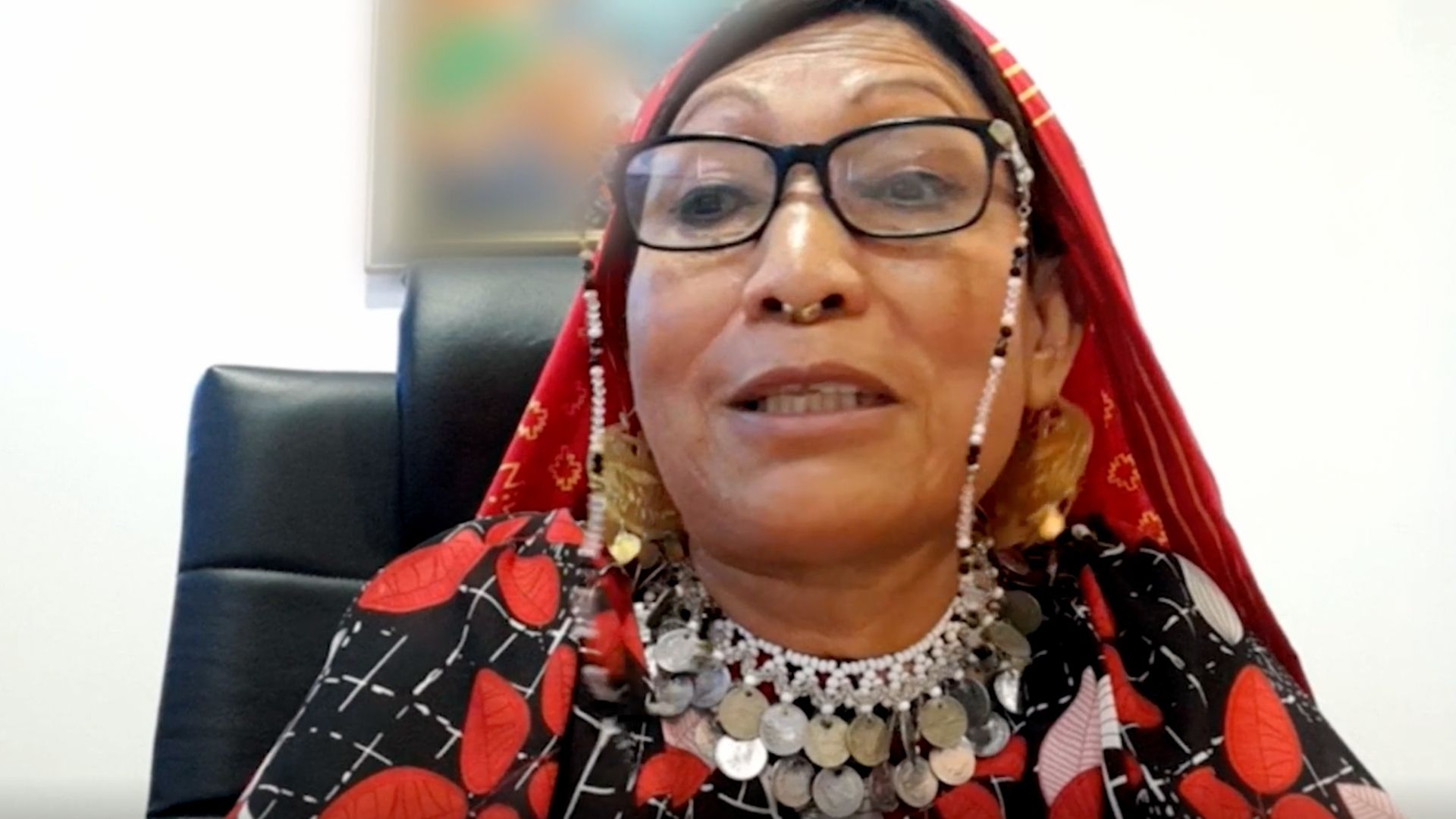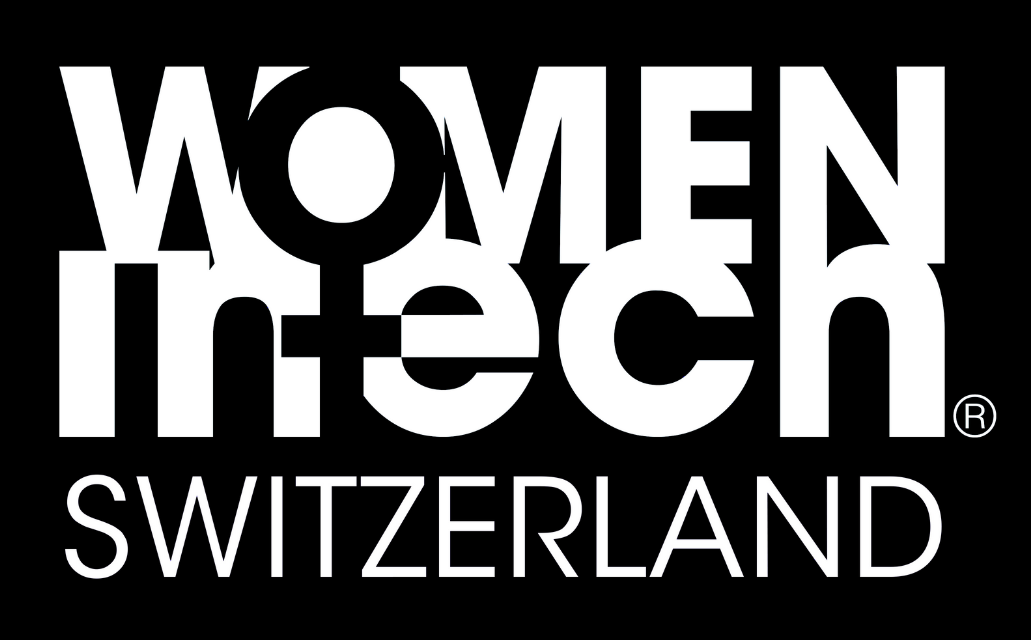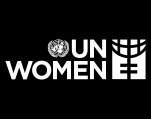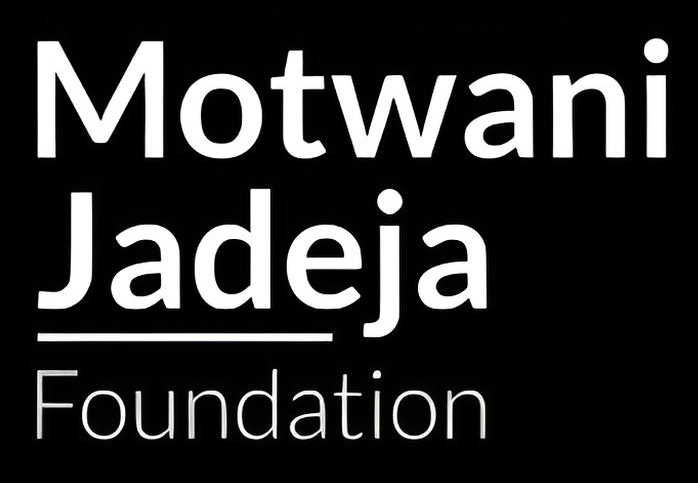untaineer and polar explorer.
Q: You’ve done just about everything, so where does your call to adventure and passion come from?
Allison: I grew up in Phoenix, Arizona, and as a young kid I was very intrigued by the stories of the early Arctic and Antarctic explorers and mountaineers. I would read books and watch documentaries about these really cold places, I think because it felt like a bit of an escape from the oppressive summer heat in Phoenix.
But I never thought I would go to these places because I was born with a hole in my heart that got bigger as I got older. I had to have my first heart surgery when I was 17. It didn’t work so well, but I had another one when I was 30. At that point, this light bulb went on in my head. I thought, ok, hang on, if I want to know what it’s like to be these guys crossing Antarctica on skis all the way to the South Pole then I should go to Antarctica and try to do that.
If I want to know what it’s like to be these mountaineers and these explorers going to remote mountain ranges, I should go to the mountains instead of just watching films about them. And if these other guys can do this stuff, why can’t I do it too. So I climbed my first mountain at 32 years old, I am 55 now and I haven’t stopped since.
Q: That’s unbelievable that you were born with a hole in your heart, can you explain a bit about that?
Allison: I was born with an extra bypass track in my heart that was not supposed to be there and it didn’t get diagnosed until I was 17. I grew up in a very tough love family, where we had these rules: no whining, no crying, no complaining. So even though I was having trouble breathing for years I was afraid to bring it to my parents.
When I was 17 I lost consciousness, and the friends I was with had the good sense to rush me to the hospital. I was diagnosed with a life-threatening condition and I knew it needed to be corrected. Unfortunately, the first procedure I had was not successful, but the second one was life-changing for me.
I knew at that point I could go do some of the things I had dreamed about but wouldn’t have been able to do before that surgery.
Q: I feel like adventuring and outdoorsy stuff when you are a child is considered a boy thing. Did you have any sense of that growing up?
Allison: When I would read these books and watch these documentaries, it was all men doing these things and not too many women. But you have to start somewhere and I just thought gender is not going to be a barrier for me when it comes to doing the things I want to do.
Adventure should be for everybody. Anybody can go to the mountains, go to the Arctic circle or to Antarctica if you have a passion for adventure.
You don’t have to look a certain way or be a certain height. I’m on the smaller side at five foot four, and most of the men I see in the mountains are much taller with long legs and big lungs. But what I realized is that you don’t have to be the best or fastest or strongest climber to get to the top of the mountain. You just have to be absolutely relentless about putting one foot in front of the other.
I realized that I don’t have to be as strong as everyone else, I just have to focus on what makes me strong. It’s not my physical strength, it’s my determination, my sense of resilience. It’s also realizing that sometimes these environments can be intimidating, but that you can be scared and brave at the same time.
If you realize that fear shouldn’t hold you back from anything you can keep moving forward, even in the face of fear. If you can do that , you can get to the top of any mountain, literal or figurative.
Q: How did your exploring and mountaineering start, and what has your progression looked like?
Allison: The first mountain I climbed was Mount Kilimanjaro in Tanzania. It’s not a technical mountain, you don’t need any special training or skills. Anyone can do it, but for me it was my first taste of altitude because it’s over 19,000 feet.
What was so life-changing about climbing this mountain, is that it is where I realized that I had this voice in my head that told me I could keep going even when I felt like I was going to quit. We all have that voice. You just need to find it and listen to it, because the bottom line is that even when we feel we are about to quit we can always take just one more step. And then you take one more step after that. And one more step after that.
And that’s how you find yourself at the top of a mountain, right when you least expect it.
After that I wanted to take things a step further, so I climbed Mount Elbrus, which is the highest peak in Europe. It’s also one of the famed Seven Summits, the highest peak on each continent. Mount Kilimanjaro was my first one, Mount Elbrus was my second. From there I climbed Aconcagua in South America. That is a really tough one because of the elevation.
To get to that point, I had to start climbing higher and more technical mountains. I built my skills up and I just started to observe and climb with people who were better than me. That helped improve my skills, and eventually, I got to the place where I could take on tough mountains like Denali in Alaska and Everest. I never thought that I would climb Everest, but sometimes we surprise ourselves.
Q: You were also the captain of the first American women’s Everest expedition, so tell me about that.
Allison: In 2001 I got a phone call asking me if I wanted to serve as the team captain for the first American women’s Everest expedition. Initially, when I got the phone call I actually said no. Even though I had climbed the highest peak on six continents I was still worried that I wouldn’t be good enough, fast enough, or strong enough. It just felt like way more challenge than I was willing to take on at the time.
Then I realized that there was only going to be one first American women’s Everest expedition. If I didn’t step up to the plate and be the team captain then someone else was going to do it. They would live my dream adventure. So I called them back and agreed to it, even though when I did I wasn’t sure if I had what it took to get up that mountain.
I knew if I didn’t step up I wouldn’t find out, and I think there are times in your life when you just have to step up even if you feel you aren’t ready.
Q: Was that one of the more challenging things that you’ve done in your life?
Allison: Climbing Everest was definitely one of the most challenging things I’ve ever done. Not only is it very physically challenging, but it is also very challenging psychologically. You’re away for two months on that mountain, in a remote, extreme environment where there is a lot of danger every single day.
Processing that stuff can cause your head to go to a very dark place sometimes. So not only are you dealing with the physical challenges of the mountain, you are dealing with the emotional challenges of being in a risky environment where lives are on the line every day.
That’s where attitude comes in. You need to hold onto a sense of positivity even when things feel bleak. That’s what gets you through the tougher times.
Q: In a life and death situation, can you tell us how you learned from pitfalls?
Allison: What you must remember when climbing a mountain like Everest is that your decisions affect everyone around you. When you are in an environment with constant risk, you have to make decisions that are best for the entire team.
You always have to make sure you are using good judgment because one person’s poor judgment can wreak havoc on an entire team. You have to keep everyone’s health and safety in mind, as the number one goal of mountain climbing is to come back alive.
Getting to the top of Mount Everest isn’t the goal. Getting back down is. You can always go back to the mountain if you use good judgment. But if you do something dumb up there, you might not have an opportunity to go back.
Q: What did you learn in a mountain setting that also applies to life?
Allison: In these remote, extreme environments, I learned to focus on setting goals and moving towards them. Even when you have no idea what’s coming down the trail or you don’t have perfect visibility.
This applies to life today. With the rate at which everything in the world is changing, we have no idea what next month is going to look like. We don’t even really know what tomorrow will look like.
We must get through each day and adapt to whatever the universe throws our way. It’s having the mindset that I can adjust and keep moving forward, no matter how scared I feel.
Q: What advice would you give to your younger self?
Allison: The first piece of advice I would give my younger self is not to ever listen to the naysayers. Sometimes when people tell you that something can’t be done, it’s because they don’t think that it’s possible for them. That doesn’t mean it’s not possible for you. You have to be relentless and keep going.
Another important thing I would tell my younger self is don’t be afraid of failure. Remember that failure is just something that happens to you at one point in time. Failure doesn’t define you.
When I was younger, I was afraid of what would happen if I failed. Suppose I put everything into something and didn’t have the outcome I wanted. I should have known that failure is nothing more than an incredible learning experience.
Anything worthwhile in life is going to be hard to pursue. When something is hard, there is a good chance that you might fail, but it just means that you come back better the next time. Even if I don’t have the exact outcome I want at the time, I might be paving the way for someone else to go on and achieve great things.
During the Everest expedition, we had to turn around 300 feet from the summit because of bad weather. When we returned from the expedition, we were the butt of Jay Leno’s jokes, and we had to do a big media tour. To be part of such a high-profile expedition that didn’t make it was tough because we had so much media coverage. We had to talk about this failure on national TV.
It felt like a punch in the gut. I felt like I disappointed myself, the team, and everyone following the expedition.
It took me eight years to get up the guts to go back to the mountain. When I finally made it in 2010, I realized that I only made it because I had that failure 2002 under my belt. That previous failure taught me much about my pain threshold and risk tolerance.
We have to look at failure as a stepping stone to success instead of looking at it as a setback.
Q: What are some of your leadership traits that have contributed to your success?
Allison: I spent four years as part-time faculty at West Point, the U.S. military academy. I used to lecture cadets on how to lead teams in extreme environments. One thing I focused on that made a lot of impacts was that as a leader, you have to help every single person on your team. It would be best if you focused on where your strengths are because everybody’s strengths are different.
For example, I will never be the fastest or strongest on the mountain. But I can be the one with a positive attitude, the relentless one. I can be the one to give people a pep talk to keep them going even when they feel like they can’t.
Every single person on a team has an area where they can contribute. If you are so focused on comparing yourself to other people, you may never uncover what makes you strong. My superpower is bringing positivity to the team.
You’ve heard the term enthusiasm is contagious. Our brain contains these specialized cells called mirror neurons. They mimic the emotions of the people around you. So when you are a positive, upbeat person, that helps the people around you to be more positive.
Science shows that positive teams perform at a higher level. Positive people are healthier and live longer. So I know that if I can be that person, even when the weather is crap or when everyone is exhausted, that’s going to help my team.
Everybody can be a positive influence on the people around them. You don’t need special training or gear. You have to be able to find some positivity and practice gratitude.
Q: What problem are you passionate about solving right now?
Allison: I’m passionate about encouraging every single person to embrace a leadership mindset. I mean that you don’t have to wait for somebody else with a certain title to give you direction in your life or career.
Everybody should think of themselves as a leadership position because leadership isn’t about a title or how many people you oversee. It’s about realizing that every single member of a team has a responsibility to move that team towards a goal.
And everybody also has the responsibility to be looking out for each other.
Q: What do you want people to take away from this interview?
Allison: Having an adventure can change your life because it can change your perspective. It doesn’t have to mean going to the Arctic Circle or Everest; adventure can be a change of environment or traveling somewhere you’ve always dreamed of going.
Q: What would you suggest as a call to action?
Allison: I want people to remember that you must embrace failure and learn from it. You must realize that whatever difficult situation you are going through will make you stronger.
I want people to realize that they have the power to be an architect of change in someone else’s life. With a few kind words, you can completely change the outcome of a difficult situation for somebody.
—-
